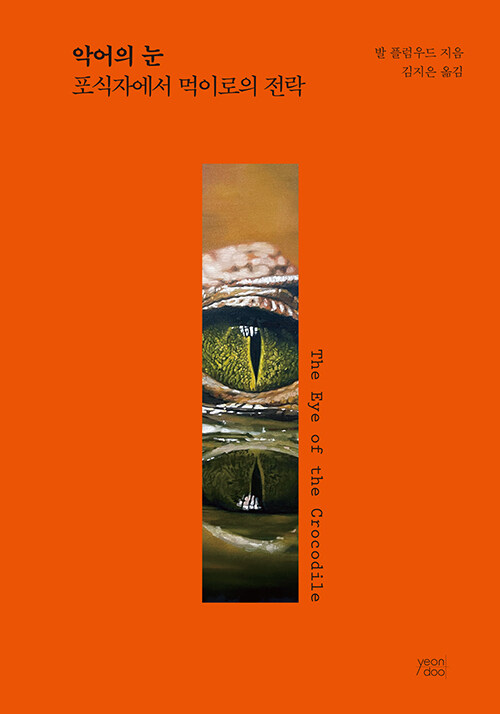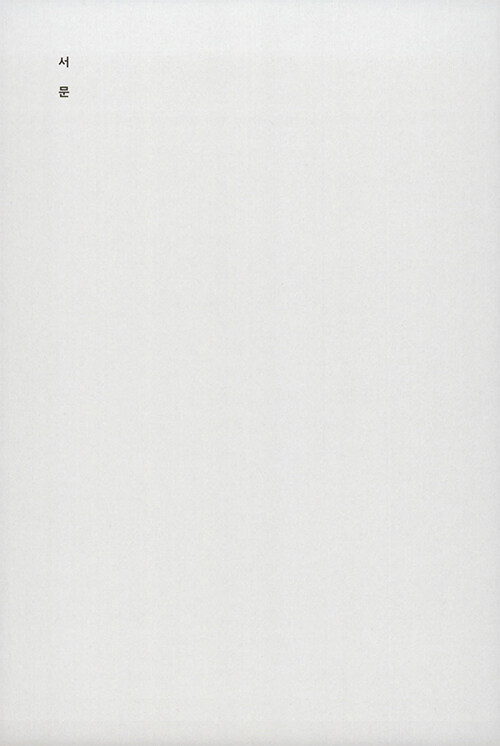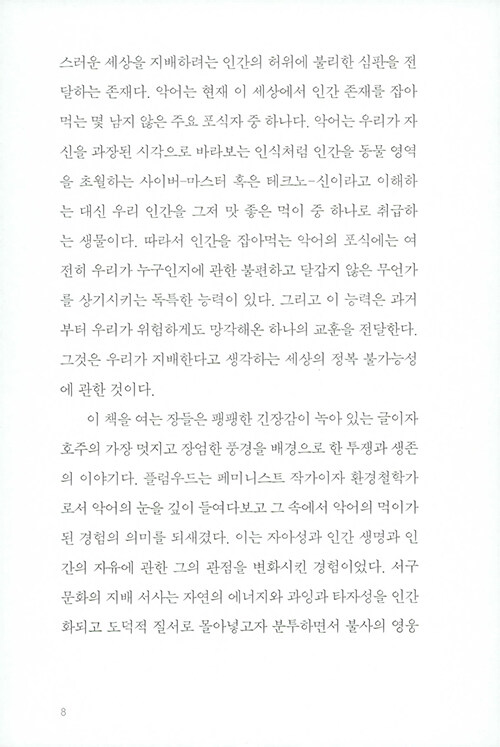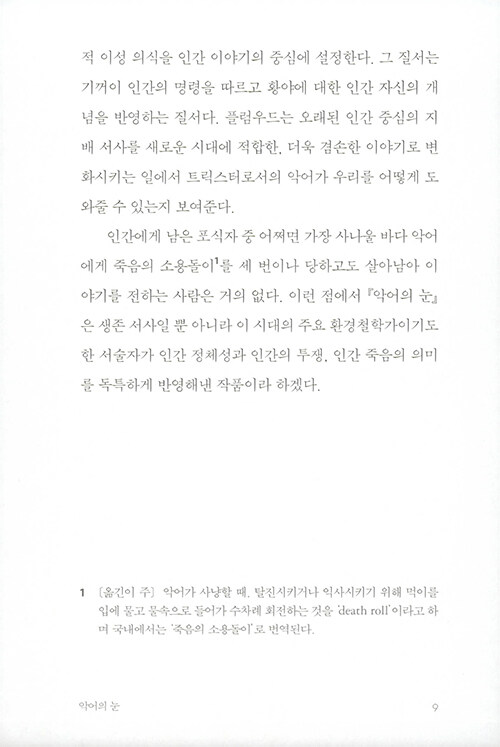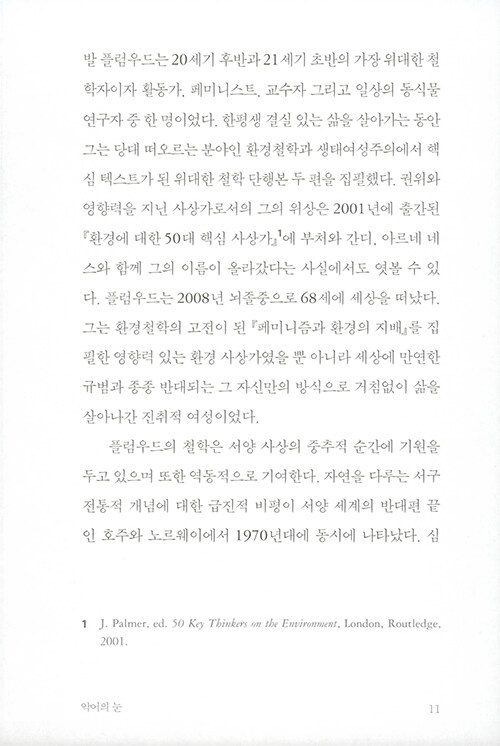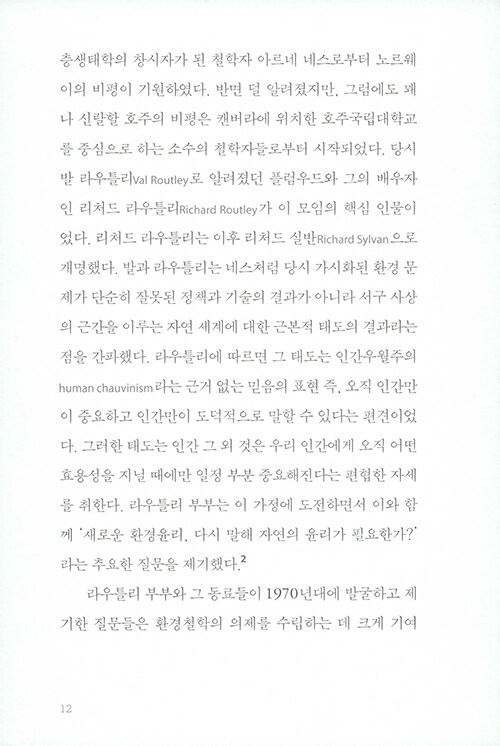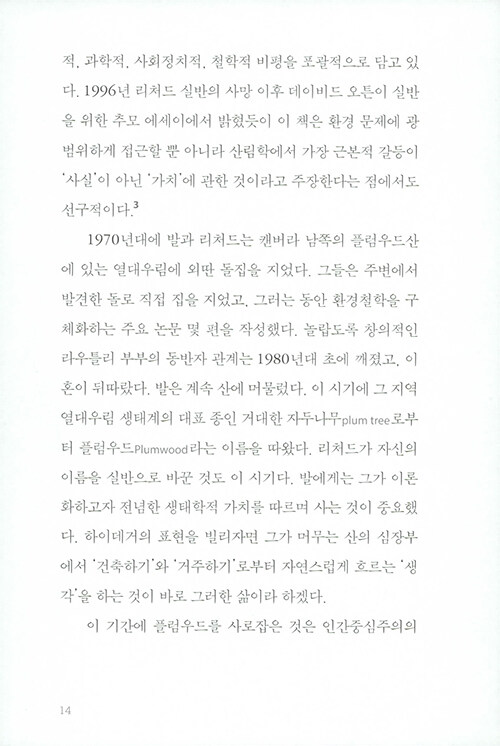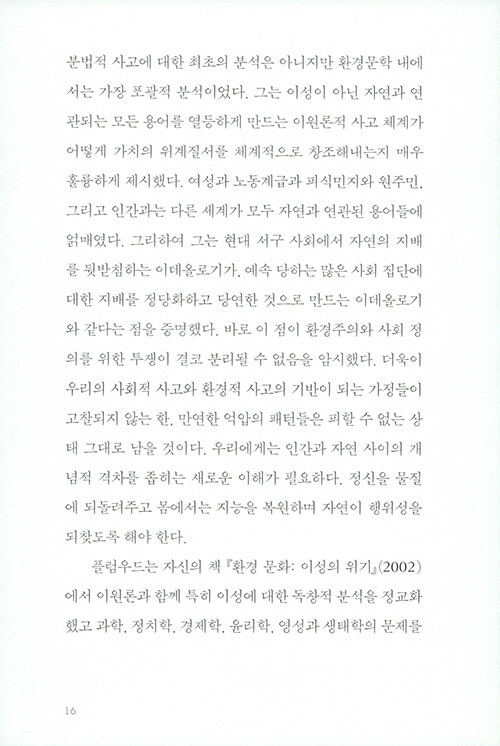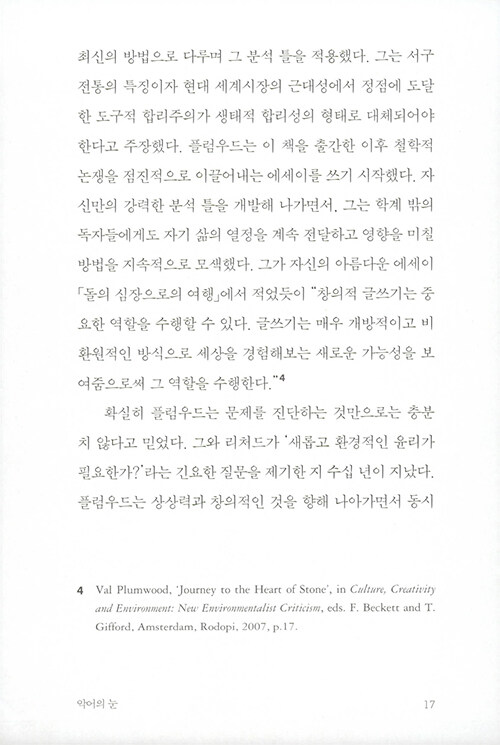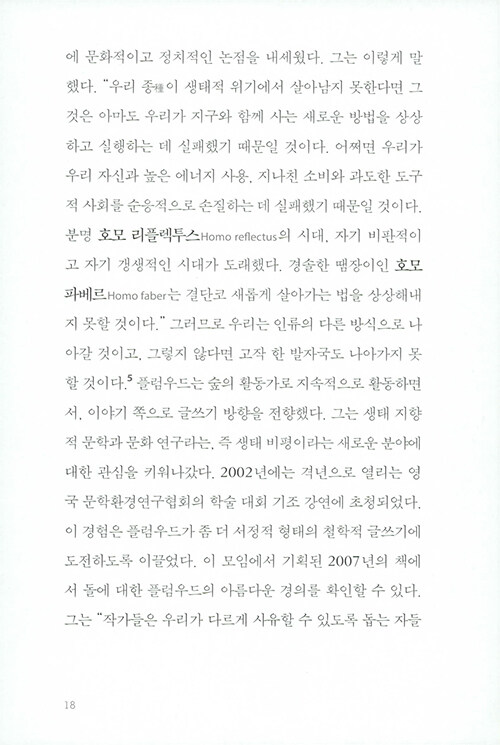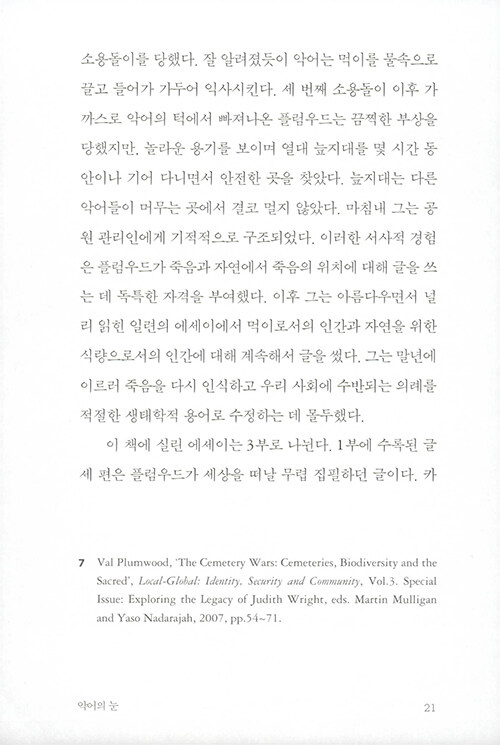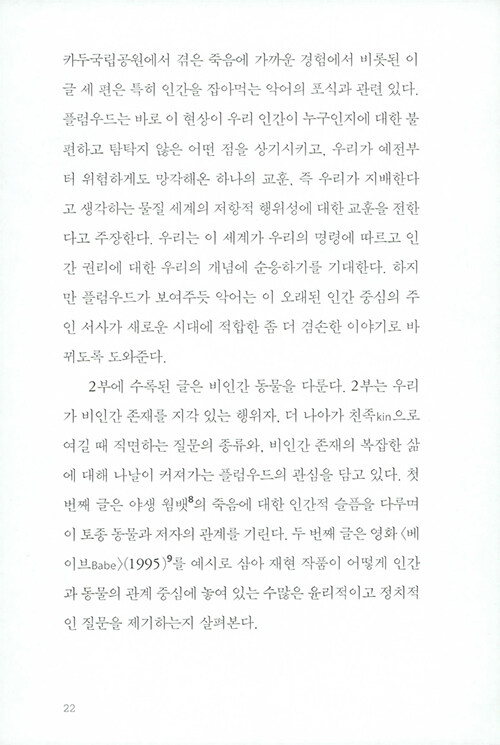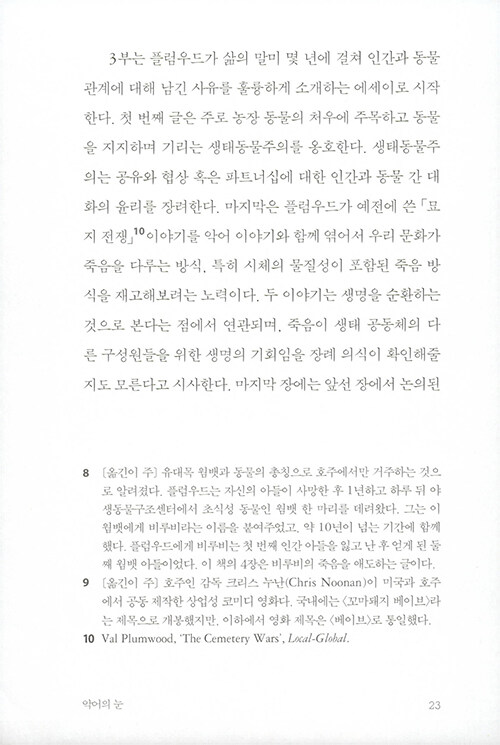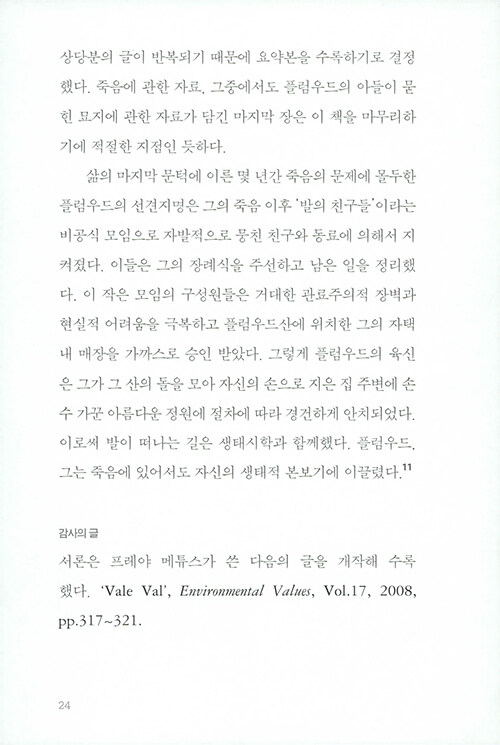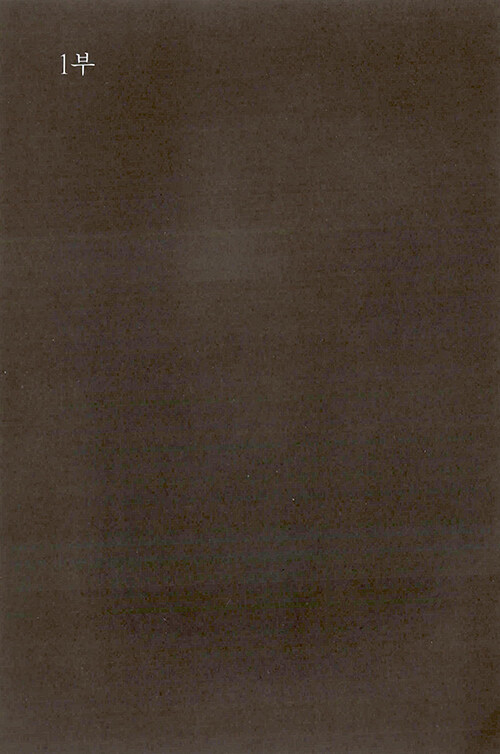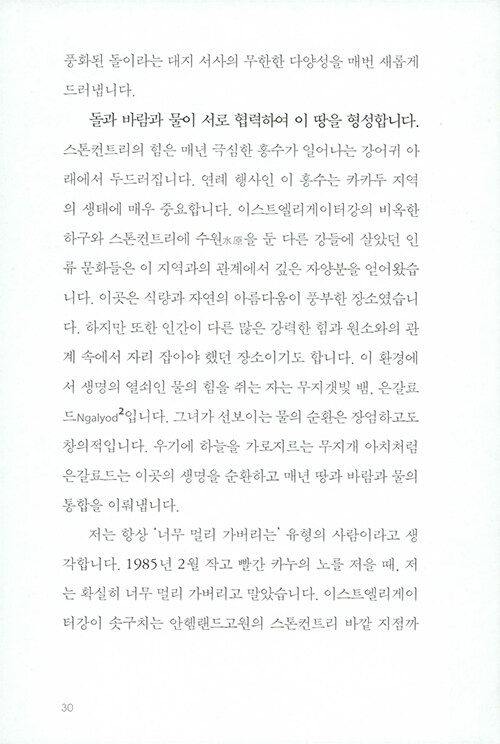The Scientific Guide to Health and Happiness
Season 1
Uncover the essential secrets to a healthy mind and body and empower yourself to take charge of your happiness and life satisfaction. These 24 science-based lessons, taught by Dr. Robin Miller, will introduce you to the many ways that health and happiness are intertwined.
3
2021
24 episodes
====
S1 E1
The Health and Happiness Connection
September 10, 2021
32min
TV-PG
Are health and happiness intertwined? In this opening episode, Dr. Robin Miller suggests they go hand in hand. She begins by defining health and happiness and then explores the areas of the world which report the most happiness. She explains the deep connection between happiness and your health, longevity, and even your genetics. #Better Living
===
S1 E2
How Happiness Is Created in the Brain
September 10, 2021
20min
TV-PG
Like any other emotion, happiness is rooted in your brain. Here, we explore the inner workings and complexities of your brain to understand how happiness originates. Take a peek at your brain's physical structure and learn about neurotransmitters--the communication system that produces and manages your ===
S1 E3
What Do We Know about Living Longer?
September 10, 2021
31min
TV-PG
Our motivation to improve our health is driven by the desire to live longer, yet nobody wants to be old or endure the aging process. In this episode, we will look at how we can maintain happiness and satisfaction with life as we age by studying the aspects of longevity. The secret is in learning how to grow old without feeling old.
===
S1 E4
Happy Heart, Healthy Heart
September 10, 2021
30min
TV-PG
Learn the intricate connection between your mood and bodily functions as it pertains to heart health. Failing to care for your heart health not only impacts your whole body but also decreases your lifespan as well; on the flip side, increasing happiness and decreasing stress lowers your risk of heart disease.
====
S1 E5
The Gut: Our Second Brain
September 10, 2021
30min
TV-PG
Your heart may drive your happiness, but the road to happiness probably runs straight through your gut. Thought of as the second brain, your gut holds a significant key to your health. Discussed are common conditions that affect the gut and treatment ideas to improve your gut health.
====
S1 E6
The Microbiome: How Bacteria Keep Us Happy
September 10, 2021
33min
TV-PG
Hippocrates once said, "All disease begins in the gut," and he may be proven right--Your gut houses 100 trillion microbes on average. These microbes communicate with your brain in ways we're just beginning to understand. Find out how your brain health, weight, and mood are tied to your microbiome.
===
S1 E7
Which Diet Is Best for Happiness?
September 10, 2021
17min
TV-PG
In this episode, we discuss the concept of food as medicine. When it comes to your health, diet is your most important lifestyle choice--but is there one that's best for everybody? Dr. Miller discusses options, as well as a groundbreaking way to find out what works best for you.
====
S1 E8
Better Habits for Healthy Eating
September 10, 2021
27min
TV-PG
With calories being cheap and abundant in society, the psychology behind healthy eating habits and attitudes becomes crucial. In this episode, find out the main reason why diets fail, and what you can do to structure your surroundings so that your habits support your efforts to maintain health and happiness.
====
S1 E9
Fun Foods for Health and Happiness
September 10, 2021
21min
TV-PG
Is there room in a healthy diet for fun foods such as chocolate, wine, peanut butter, and sugar? Listen to the research and learn which of these foods are good additions to your diet, which foods are okay in moderation, and which foods are flat-out bad for your health.
====
S1 E10
Do You Need to Take Supplements?
September 10, 2021
19min
TV-PG
Multivitamins have become a booming business in the health industry. Dr. Miller challenges the efficacy of supplements, stating that while they can sometimes be helpful, often they either do nothing, or worse, cause harm. Find out which ones can assist with certain conditions and which ones to stay away from.
====
S1 E11
Mushrooms: A Superfood for Well-Being
September 10, 2021
19min
TV-PG
Find out about this superfood that is often ignored but can be magical to your health: mushrooms. This is the one superfood that Dr. Miller recommends you start with. Not only do they have potent anti-carcinogenic powers, but they're also a fantastic way to nurture your microbiome, and they provide a host of benefits.
====
S1 E12
Sleep: Getting a Happy Night's Rest
September 10, 2021
33min
TV-PG
Good sleep may be the simplest improvement you can make to your health--and it's free. This episode covers sleep hygiene, sleep cycles, and sleep disorders to convince you that sleep is not a luxury but a vital component of your health and happiness.
====
S1 E13
Recognizing and Treating Depression
September 10, 2021
30min
TV-PG
Depression is becoming a global epidemic, and nobody is immune to this serious mental health illness. Understand the primary causes, from genetics to trauma to lifestyle, and find out about the most effective treatments currently available, including several emerging therapies that show great promise and success.
====
S1 E14
Building Community and Ending Loneliness
September 10, 2021
33min
TV-PG
Did you know that loneliness is a predictor of early mortality? Social isolation and loneliness pose a health risk equivalent to smoking 15 cigarettes a day--higher than obesity. While there is no prescription for loneliness, here are ways we can build community and relationships to combat it.
====
S1 E15
Preventing and Managing Neurodegeneration
September 10, 2021
35min
TV-PG
Losing your mind is a fear that most adults experience as they grow older. When your brain is compromised, so is your happiness and health. Dr. Miller goes through neurodegenerative diseases, such as Alzheimer's, dementia, and Parkinson's, giving solutions to prevent or slow the progression.
====
S1 E16
Meditation for a Happy Mind and Body
September 10, 2021
19min
TV-PG
Have you ever wondered how to grow biologically younger and how to become a happier, healthier you? Discover the ancient practice of meditation and create a connection to your inner self, activating your physical body.
====
S1 E17
Faith, Prayer, and Spirituality in Health
September 10, 2021
16min
TV-PG
You need every tool in your arsenal against illness and unhappiness. Luckily, your mind is powerful and can be a great form of intervention. Dr. Miller explores the science of prayer and faith, presenting a study on bush baby primates that suggests intercessory prayer may come with healing properties.
====
S1 E18
Have More Sex--for Health Reasons!
September 10, 2021
33min
TV-PG
You might be surprised how much sexual health affects your happiness. Orgasm releases endorphins, and studies show this effect can last for hours afterward. Here, Dr. Miller discusses what it takes to have a healthy sex life, including frequency; fitness; and dysfunctions, and how to overcome those.
====
S1 E19
What Is a Healthy and Happy Weight?
September 10, 2021
21min
TV-PG
Here, you will address the relationships between weight, health, and body image. While someone can be overweight and happy, the more complicated question is whether someone can be overweight and healthy. Consider this issue as Dr. Miller discusses the risks of obesity and dives into social standards, eating disorders, and permanent weight loss.
====
S1 E20
Music: Happy Stimulation for the Mind
September 10, 2021
18min
TV-PG
What does music have to do with health and happiness? Our brains and emotions are activated when listening to pleasant sounds and music. Study ways you can use music to influence your mood and behavior positively and as therapy for neurodegenerative disease.
====
S1 E21
Dance: Happy Exercise for the Whole Body
September 10, 2021
18min
TV-PG
We know that staying active is essential, but in this episode, Dr. Miller discusses why dance specifically offers impressive benefits from a health and happiness standpoint. Discover how you can use dance to prevent or halt neurodegenerative diseases such as dementia and Alzheimer's, even by a considerable percentage.
====
S1 E22
Healthy Management of Chronic Pain
September 10, 2021
19min
TV-PG
Chronic pain is one of the biggest barriers to the enjoyment of life. While it is complex to diagnose and medically treat pain, you will learn that it is far more critical to realize that chronic pain and disability do not have to prevent you from living a happy life.
====
S1 E23
Using Technology to Support Your Health
September 10, 2021
18min
TV-PG
Not too long ago, measuring health tenets with technology used to be the things of science fiction. Dr. Miller discusses the usage of personal monitoring devices, apps, fitness trackers, and genetic tests that are now widely accessible to all.
====
S1 E24
Finding a Doctor to Support Your Journey
September 10, 2021
21min
TV-PG
What do your health and healing have to do with your doctor? It turns out, a lot, but not in the ways you traditionally have thought. Learn about integrative medicine and the importance of having a partnership with a physician or practice that supports you and, most important, be ready to seek improvement.
====
S1 E1
The Health and Happiness Connection
S1 E2
How Happiness Is Created in the Brain
S1 E3
What Do We Know about Living Longer?
S1 E4
Happy Heart, Healthy Heart
S1 E5
The Gut: Our Second Brain
S1 E6
The Microbiome: How Bacteria Keep Us Happy
S1 E7
Which Diet Is Best for Happiness?
S1 E8
Better Habits for Healthy Eating
S1 E9
Fun Foods for Health and Happiness
S1 E10
Do You Need to Take Supplements?
S1 E11
Mushrooms: A Superfood for Well-Being
S1 E12
Sleep: Getting a Happy Night's Rest
S1 E13
Recognizing and Treating Depression
S1 E14
Building Community and Ending Loneliness
S1 E15
Preventing and Managing Neurodegeneration
S1 E16
Meditation for a Happy Mind and Body
S1 E17
Faith, Prayer, and Spirituality in Health
S1 E18
Have More Sex--for Health Reasons!
S1 E19
What Is a Healthy and Happy Weight?
S1 E20
Music: Happy Stimulation for the Mind
S1 E21
Dance: Happy Exercise for the Whole Body
S1 E22
Healthy Management of Chronic Pain
S1 E23
Using Technology to Support Your Health
S1 E24
Finding a Doctor to Support Your Journey
=====
E1 건강과 행복의 연결
E2 뇌에서 행복이 만들어지는 방법
E3 장수에 대해 우리가 아는 것은?
E4 행복한 마음, 건강한 마음
===
E5 내장: 우리의 두 번째 뇌
E6 마이크로바이옴: 박테리아가 우리를 행복하게 해주는 방법
===
E7 어떤 식단이 행복에 가장 좋을까요?
E8 건강한 식사를 위한 더 좋은 습관
E9 건강과 행복을 위한 즐거운 음식들
E10 보충제를 먹어야 할까요?
E11 버섯: 웰빙을 위한 슈퍼푸드
===
E12 잠: 행복한 밤의 휴식을 취하기
E13 우울증의 인식과 치료
E14 공동체를 만들고 외로움을 없애다
===
E15 신경변성 예방 및 관리
E16 행복한 심신을 위한 명상
E17 건강에 대한 믿음, 기도, 영성
E18 건강상의 이유로 더 많은 섹스를 하세요!
===
E19 건강하고 행복한 체중이란 무엇일까요?
E20 음악: 행복한 마음의 자극
E21 춤: 온 몸을 위한 행복한 운동
E22 만성 통증의 건강한 관리
E23 건강을 지원하기 위한 기술 사용
E24 여행을 지원할 의사 찾기
===


 범한철학회 김성환 회장의 개회사
범한철학회 김성환 회장의 개회사 ⓒ한성원 그림
ⓒ한성원 그림
